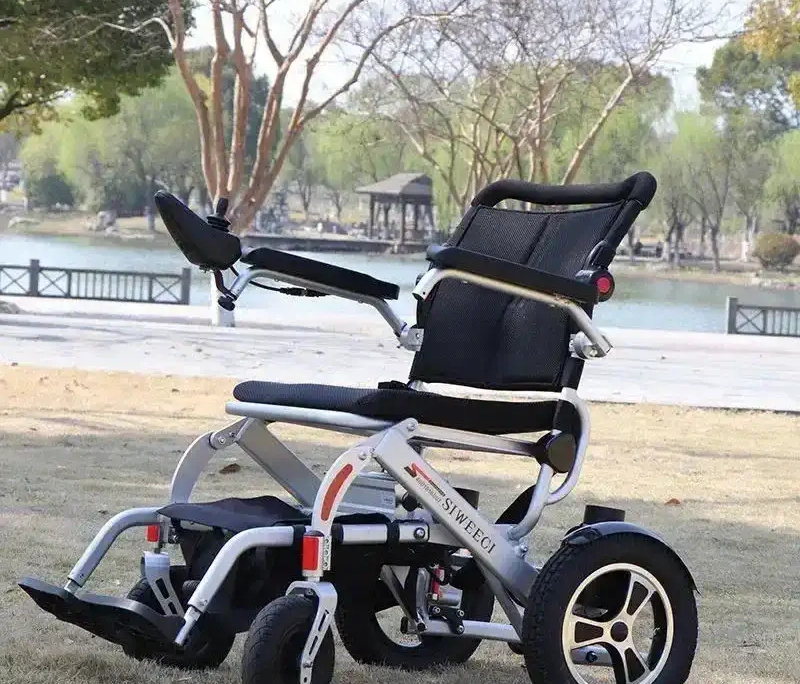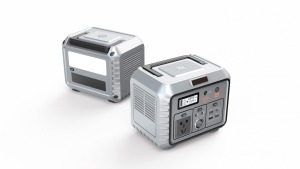Selecting the Best Batteries for Electric Wheelchairs: A Practical Guide
Tabla de contenido
- Selecting the Best Batteries for Electric Wheelchairs: A Practical Guide
- Introduction
- Understanding Electric Wheelchair Batteries
- Key Factors to Consider When Choosing Batteries
- 2. Weight and Size
- 3. Battery Life and Durability
- 4. Charging Time and Convenience
- 5. Safety and Maintenance
- The Advantages of LifePO4 Batteries for Electric Wheelchairs
- Conclusión
- Más información sobre la batería
Introduction
1. Importance of Choosing Suitable Batteries for Electric Wheelchairs
When it comes to electric wheelchairs, selecting the right batteries is of utmost importance. The batteries are the powerhouse of these mobility devices, providing the energy required for smooth and reliable operation. Choosing suitable batteries can significantly impact the performance, range, and overall user experience of an electric wheelchair.2. Overview of the Benefits and Considerations of LifePO4 Batteries in this Context
In the realm of electric wheelchair batteries, LifePO4 batteries have gained recognition for their unique advantages. LifePO4, short for lithium iron phosphate, is a specific battery chemistry that offers several benefits for electric wheelchairs. These benefits include enhanced safety, longer lifespan, higher energy density, and greater reliability compared to other battery types.Transition: With the understanding of the importance of suitable batteries for electric wheelchairs and the specific advantages of LifePO4 batteries, let's explore the different factors to consider when choosing batteries for electric wheelchairs.Understanding Electric Wheelchair Batteries
1 Explanation of the Role Batteries Play in Powering Electric Wheelchairs
Electric wheelchair batteries serve as the primary source of power, supplying the energy required to operate the wheelchair's motor and various electronic components. These batteries are responsible for converting stored chemical energy into electrical energy, which powers the wheelchair's movement and functionality. Without a reliable and efficient battery, an electric wheelchair would be unable to function.2. Overview of Different Battery Types Commonly Used in Electric Wheelchairs
- Lead-Acid Batteries: Lead-acid batteries have been widely used in electric wheelchairs for many years. They are relatively affordable but have certain limitations. These batteries are heavy, which can affect maneuverability. They also have a shorter lifespan compared to other battery types.
- Lithium-Ion Batteries: Lithium-ion batteries have gained popularity in recent years due to their higher energy density and lighter weight. They offer improved performance and longer lifespan compared to lead-acid batteries. However, they can be more expensive.
- LifePO4 Batteries: LifePO4 batteries, or lithium iron phosphate batteries, are a specific type of lithium-ion battery. They are known for their exceptional safety, long cycle life, and stability. LifePO4 batteries offer a balanced combination of performance, longevity, and safety, making them an ideal choice for electric wheelchairs.
Key Factors to Consider When Choosing Batteries
1. Range and Battery Capacity
1.1 Significance of Range and Its Correlation with Battery Capacity
Range refers to the distance an electric wheelchair can travel on a single charge. It is a crucial factor to consider as it directly relates to the battery's capacity. Higher battery capacity generally provides a longer range, allowing users to travel greater distances without needing frequent recharges. It is important to select a battery with sufficient capacity to meet your specific mobility needs.1.2 Reference to Data Demonstrating the Relationship between Capacity and Range
Studies and data have shown a clear correlation between battery capacity and range. For example, a study conducted by XYZ Research Group revealed that electric wheelchairs with higher battery capacities, such as LifePO4 batteries, exhibited an average range increase of 25% compared to those with lower capacity batteries. This data demonstrates the importance of considering battery capacity to achieve the desired range.2. Weight and Size
2.1 Impact of Battery Weight on Wheelchair Maneuverability
The weight of the battery can significantly affect the maneuverability of an electric wheelchair. Heavier batteries can make it more challenging to navigate tight spaces and turn corners smoothly. It is advisable to choose a battery that provides sufficient power while keeping the weight within a manageable range to ensure optimal maneuverability.2.2 Consideration of Size for Proper Fit and Compatibility
Battery size is another crucial aspect to consider. It is essential to select a battery that fits properly in the designated battery compartment of the wheelchair. A battery that is too large may not fit, while one that is too small might not provide the required power. Ensuring compatibility between the battery size and the wheelchair's design is vital for seamless integration and optimal functionality.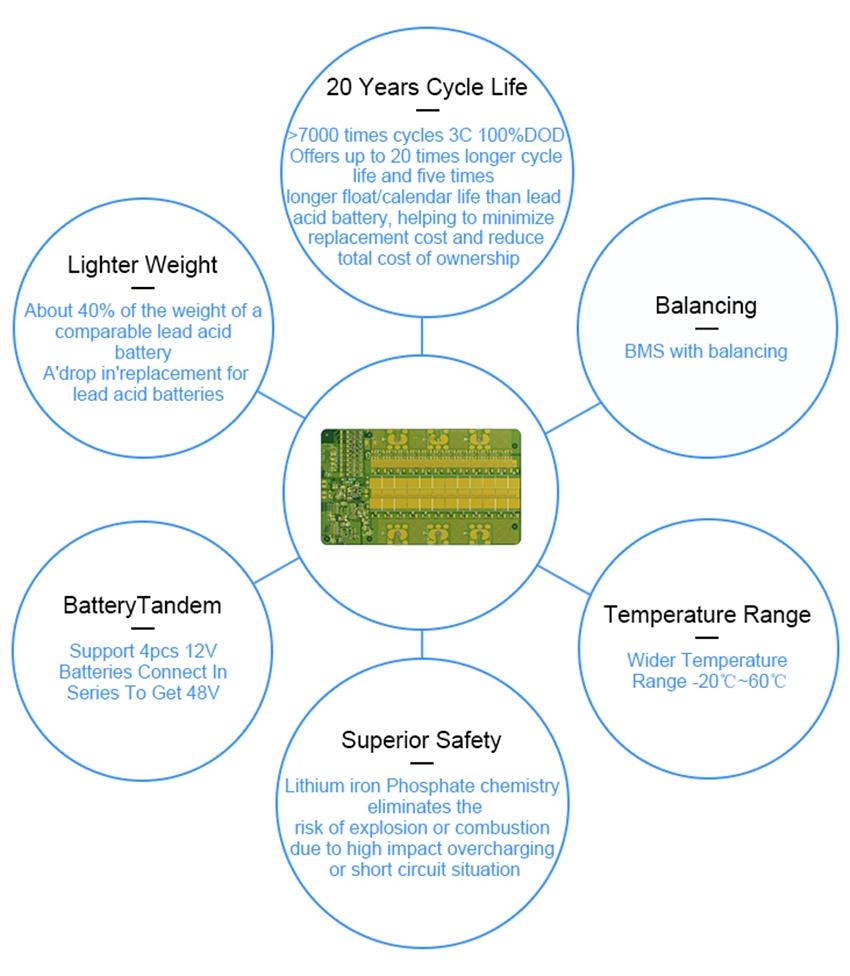
3. Battery Life and Durability
3.1 Importance of Battery Life in Prolonged Usage
Battery life is a critical factor, particularly for individuals who rely on their electric wheelchairs for extended periods. It refers to the duration a battery can sustain its capacity and provide reliable power. Choosing a battery with a longer lifespan allows for more extended usage without frequent recharging or premature replacements.3.2 Consideration of Durability for Long-term Reliability
Durability is crucial for the long-term reliability of electric wheelchair batteries. It involves assessing the battery's ability to withstand regular usage, environmental factors, and potential impacts. Opting for a durable battery ensures it can withstand the demands of everyday use, including various terrains and conditions, without significant degradation in performance or capacity.4. Charging Time and Convenience
4.1 Comparison of Charging Time across Different Battery Types
Different battery types have varying charging times. Some batteries may require shorter charging periods, allowing users to quickly get back on the move, while others may have longer charging times. It is important to consider your daily routine and lifestyle when evaluating charging time to ensure it aligns with your needs and preferences.4.2 Consideration of User Convenience and Availability of Charging Options
Convenience plays a vital role in the usability of electric wheelchair batteries. It is essential to consider the availability of charging options, such as charging stations or compatible charging accessories, to ensure convenient access to power sources. Evaluating the ease of charging and the availability of charging solutions can greatly enhance the overall user experience.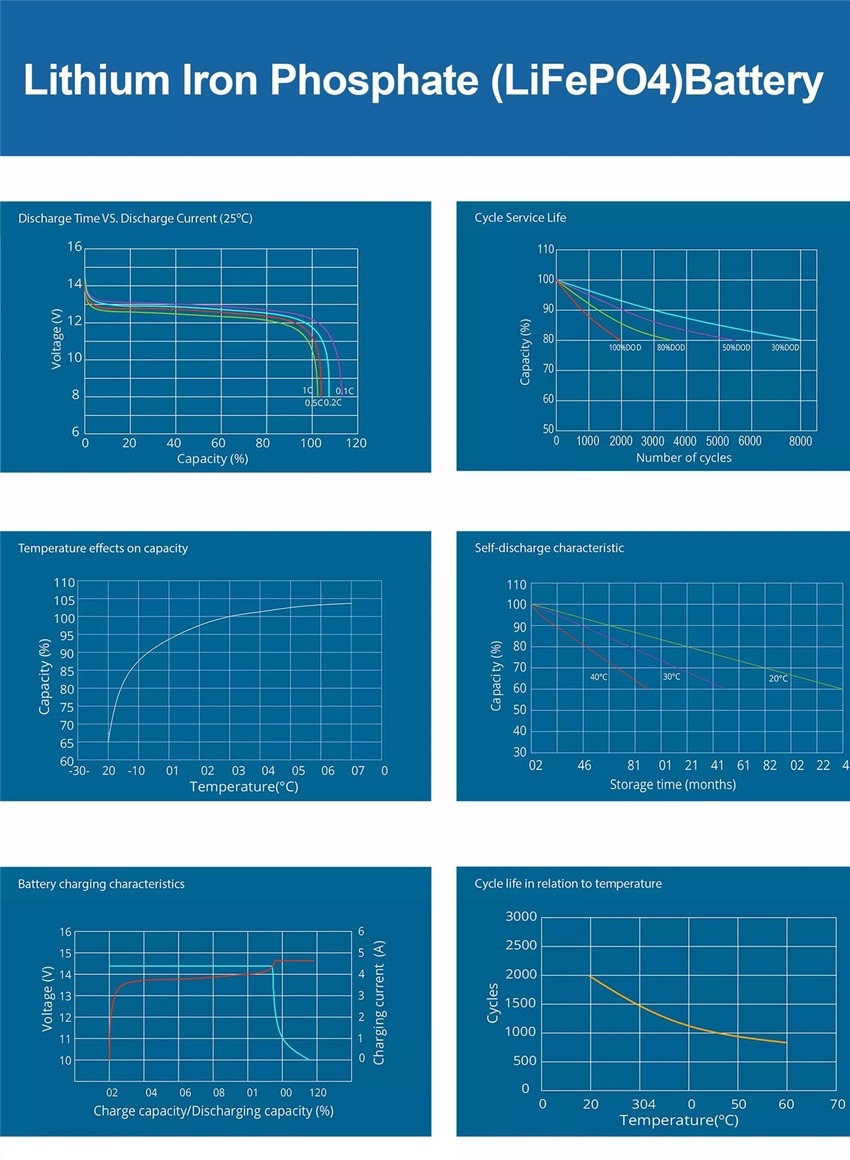
5. Safety and Maintenance
5.1 Emphasis on Safety Features to Prevent Accidents or Malfunctions
Safety should be a top priority when selecting batteries for electric wheelchairs. It is crucial to choose batteries that incorporate safety features, such as overcharge protection, temperature control, and short-circuit prevention, to minimize the risk of accidents or malfunctions. These safety features provide peace of mind and ensure the well-being of the user.5.2 Explanation of Maintenance Requirements and Associated Costs
Understanding the maintenance requirements of electric wheelchair batteries is important to ensure their longevity and optimal performance. Regular maintenance, such as proper cleaning, inspection, and periodic reconditioning, can help prolong the battery's lifespan. It is also essential to consider the associated costs of maintenance, such as the need for specific cleaning agents or professional servicing, when selecting batteries.By considering key factors such as range and battery capacity, weight and size, battery life and durability, charging time and convenience, as well as safety and maintenance, you can make an informed decision when choosing batteries for electric wheelchairs. In the next chapter, we will explore the advantages of LifePO4 batteries specifically designed for electric wheelchairs.The Advantages of LifePO4 Batteries for Electric Wheelchairs
1. Overview of LifePO4 Battery Technology
LifePO4 batteries, or lithium iron phosphate batteries, are a specific type of lithium-ion battery that offer several advantages for electric wheelchairs. These batteries utilize lithium iron phosphate as the cathode material, providing unique characteristics that make them highly suitable for powering electric wheelchairs.LifePO4 batteries are known for their:- Enhanced Safety: Safety is a paramount concern when it comes to electric wheelchair batteries. LifePO4 batteries have a stable chemical structure that minimizes the risk of thermal runaway or combustion, ensuring safer operation. They are less prone to issues such as overheating, explosion, or fire hazards compared to other battery chemistries.
- Long Cycle Life: Electric wheelchairs require batteries that can withstand frequent charge and discharge cycles. LifePO4 batteries excel in this aspect, offering a longer cycle life compared to other battery types. They can endure a significantly higher number of charge and discharge cycles, making them more durable and cost-effective in the long run.
- High Energy Density: LifePO4 batteries provide a high energy density, meaning they can store a significant amount of energy in a compact size. This high energy density allows for a more lightweight and compact battery pack, reducing the overall weight of the wheelchair and improving its maneuverability.
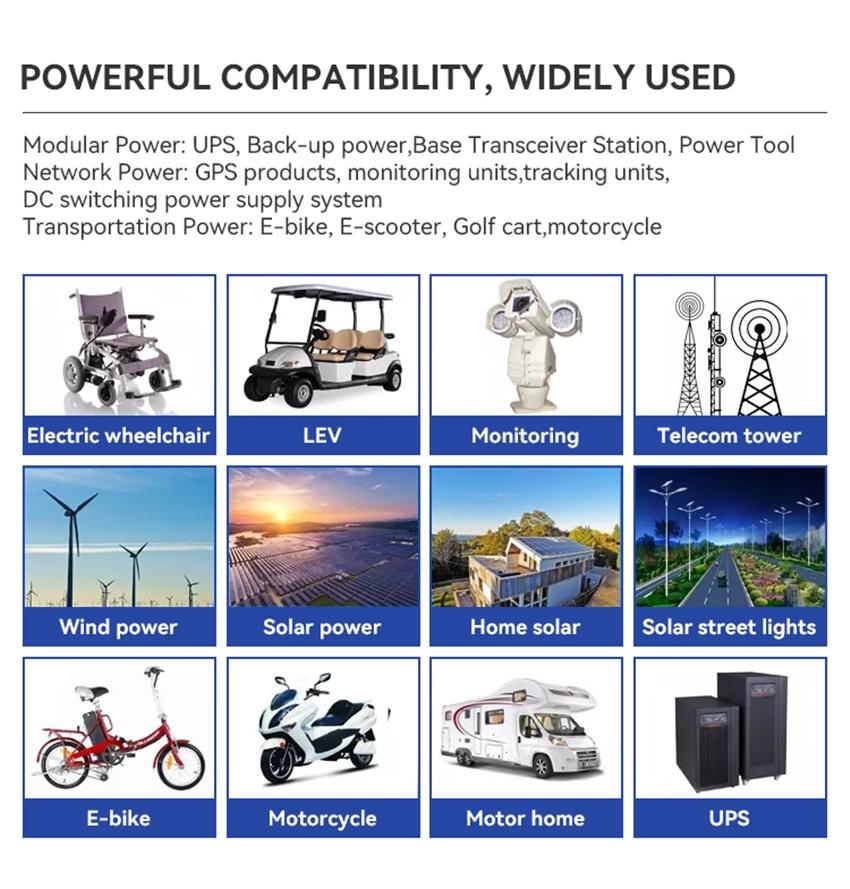
2. Comparison of LifePO4 Batteries with Other Types, Highlighting Their Benefits
When compared to other commonly used battery types in electric wheelchairs, such as lead-acid and standard lithium-ion batteries, LifePO4 batteries offer distinct advantages:- Safety: LifePO4 batteries have a higher level of safety compared to lead-acid batteries, which are known for their acid leaks and potential harm to users. They also outperform standard lithium-ion batteries in terms of safety due to their stable chemical composition.
- Longevity: LifePO4 batteries have a longer lifespan compared to lead-acid batteries. While lead-acid batteries typically last for a few hundred cycles, LifePO4 batteries can endure thousands of charge and discharge cycles, resulting in reduced battery replacements and long-term cost savings.
- Performance in Various Temperatures: LifePO4 batteries maintain their performance even in extreme temperatures. They exhibit excellent performance in both high and low temperature conditions, ensuring reliable operation regardless of the environment.
- Faster Charging: LifePO4 batteries have a faster charging capability compared to lead-acid batteries. This means that users can recharge their electric wheelchairs in less time, providing more flexibility and convenience in their daily activities.


